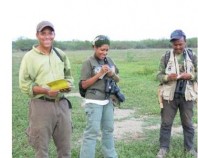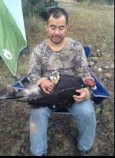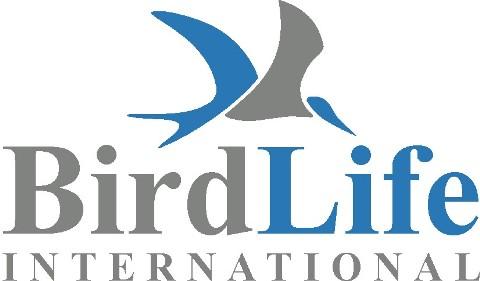Charlie Butt, the Global Partnership Manager at BirdLife, reports on how the CEMEX-BirdLife partnership is helping to save nature…
Over the last few years the CEMEX-BirdLife global conservation programme has been supporting national partnerships that have a focus on wildlife conservation. There has been a lot going on recently from advancing the projects through to the development of a global biodiversity strategy for CEMEX.
Here, are spotlighted a couple of the national projects in progress:
Helping Save the Rhinoceros Iguana in the Caribbean
 The concession zone of the Las Salinas Quarry in the Dominican Republic overlaps with an area very important for wildlife – the Laguna Cabral Important Bird & Biodiversity Area – identified in the programme’s biodiversity scoping study (2010). So in 2013 a collaboration between Grupo Jaragua (BirdLife in the Dominican Republic) and CEMEX Dominicana was established. This began by developing an understanding of what species and habitats occur in and around the Quarry and thus what the possible threats to them might be, as well as what the opportunities could be to help.
The concession zone of the Las Salinas Quarry in the Dominican Republic overlaps with an area very important for wildlife – the Laguna Cabral Important Bird & Biodiversity Area – identified in the programme’s biodiversity scoping study (2010). So in 2013 a collaboration between Grupo Jaragua (BirdLife in the Dominican Republic) and CEMEX Dominicana was established. This began by developing an understanding of what species and habitats occur in and around the Quarry and thus what the possible threats to them might be, as well as what the opportunities could be to help.
The project now has a focus on a number of key issues including: restoring a river that runs through the concession and setting up a community-based nursery to supply Cacti using local seeds for Quarry restoration. Both of these elements will contribute to sustainable development; helping local people and providing a source of income through the sale of plants grown in the nursery.
A key finding early on was at least one den, with recently hatched young, of the globally threatened Rhinoceros Iguana (pictured above), found only on the island of Hispaniola. Further exploration of the concession and area is planned this year, together with mapping of active sites in need of protection.
Sadly one of the main threats to this species is illegal logging of their dry forest home to make charcoal. To address the problem an investigation into national and foreign trade is planned to help stop illegal charcoal manufactures moving to other sensitive areas for biodiversity.
Tagging Desert Eagles in CEMEX’s Home Country
Another priority site benefiting from the BirdLife partnership is the Cerrito Blanco Quarry in the Sonoran Desert of NW Mexico. This habitat, with its characteristic Saguaro cacti (see below image), may be recognisable from early Western films and reminiscent of the Chihuahuan Desert that should be familiar to Breaking Bad fans.
 Home to an extraordinary diversity of Fauna and Flora, its site Biodiversity Action Plan increases our understanding of just how high its diversity of birds is, including Golden Eagle; mammals (particularly bats) and reptiles; from the sedate Sonoran Desert Tortoise to the impressively-named and venomous Gila Monster, which happens to eat young tortoise!
Home to an extraordinary diversity of Fauna and Flora, its site Biodiversity Action Plan increases our understanding of just how high its diversity of birds is, including Golden Eagle; mammals (particularly bats) and reptiles; from the sedate Sonoran Desert Tortoise to the impressively-named and venomous Gila Monster, which happens to eat young tortoise!
Golden Eagles are a top-predator and this means that the ecosystem supporting its food must be in good condition in order for it to thrive. As well as being the national bird of Mexico, they are of national conservation concern and receive full protection. Taken together all this makes them a priority for the national and global partnerships.
Initial surveys identified 3 nests near to the Quarry. In 2014 a CEMEX – Pronatura (BirdLife in Mexico) workshop was held as part of the Mazatlan festival of birds, inviting experts from across the country to work on Golden Eagle conservation. A Team also very recently caught and tagged a juvenile Golden Eagle near to the CEMEX Quarry with a radio-transmitter (pictured above). This work is now revealing a fascinating insight into what the young birds get up to after leaving the nest. So the partnership is now deepening understanding of this iconic bird in Mexico, scaling up efforts nationally and regionally to protect it and help assure its status as the national bird of Mexico.
